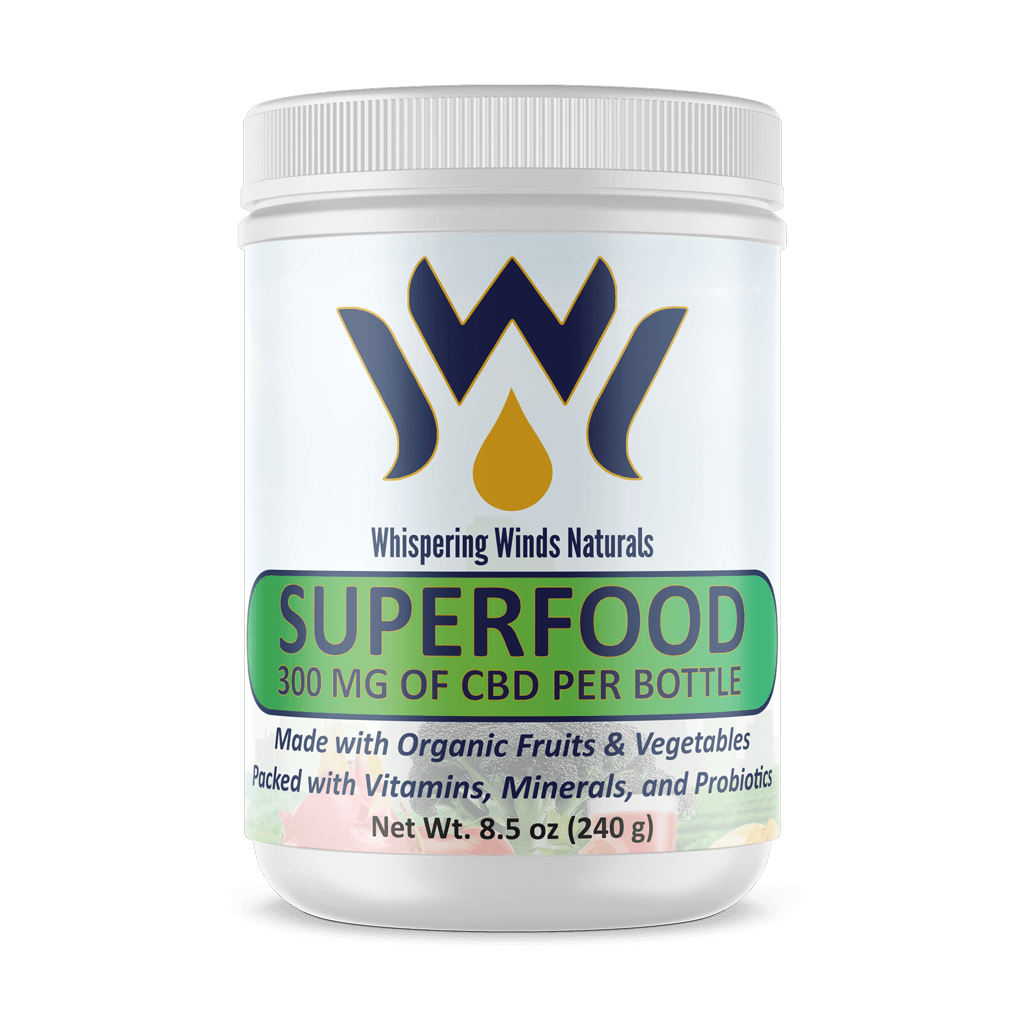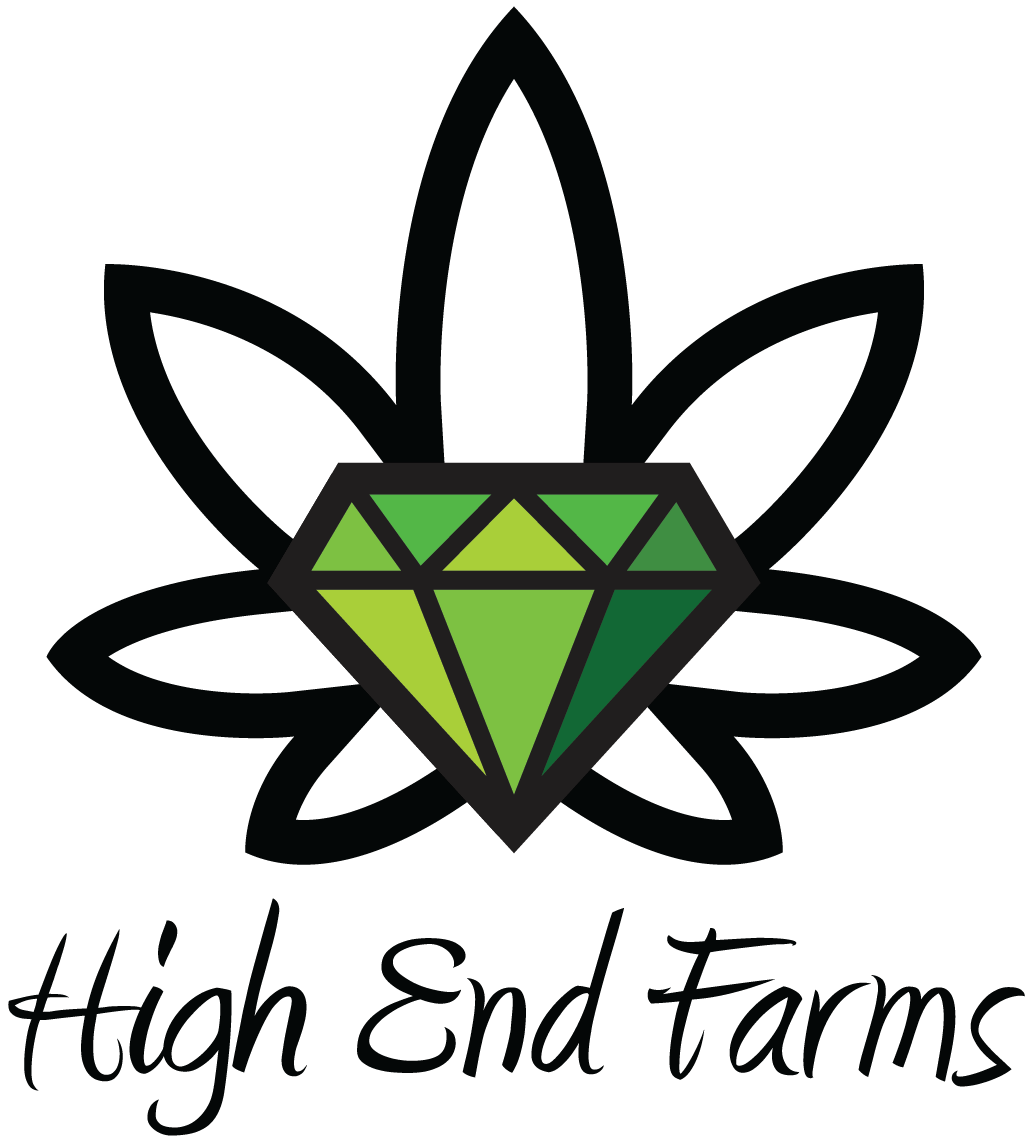In Depth: Doc Jon’s Delta 8 Vape Cartridge
Doc Jon’s Delta 8 THC Vape Cartridge
Doc Jon’s Delta 8 THC Vape Cartridges are made from 100% West Virginia grown Hemp. Each one of our vape products are made with 95% Delta 8 Distillate and a 5% blend of our premium Liquid CO2 extracted hemp terpenes and strain-specific botanical terpene profiles. Our small batch process ensures that each batch of Delta 8 THC, down to each hand-filled cart, meets the highest quality standards. Each 1ml Delta 8 THC Vape Cartridge contains approximately:
- 1.1 ml total oil
- 95% Delta 8 THC Distillate
- 5% botanical & cannabis-derived terpene blend
- no VG, PG, PEG, Vitamin E, MCT, or any other cutting agent
Delta 8 THC Distillate is an extremely pure concentration of cannabinoids. It may be harsh on the throat to those who are not accustomed to concentrated cannabinoid products.
Our Vape Cartridge
Our Delta 8 cartridge’s are compatible with an auto draw and button-activated 510 devices
- Servings per Vape Cartridge: Varies depending on the size of puffs
- Coil: Ceramic
- Tank: Glass
- Ingredients: Delta 8 THC Distillate, strain-specific terpenes, and Premium cannabis terpenes.
Our Vape Cartridge Extract
- Type: Delta 8 THC Distillate with Cannabis and Botanical terpenes
- Amount of Extract: 1.1 ml
- ∆8THC Content: Testing at 85%-95%+ Delta 8 THC
- Extraction Material: West Virginia Grown Hemp
- ∆9THC Content: None detected
- Natural Terpenes: Yes
Differences in Terpene Strains
Doc Jon’s Delta 8 THC Vape Products include a proprietary blend of Botanical terpenes and our Premium Liquid CO2 Hemp terpenes.
Botanical Derived Terpenes
Botanical terpenes come from plants other than cannabis. Botanical terpene isolates are mixed at a precise ratio to create a profile that reflects popular cannabis strains such as Pineapple Express, Blue Dream, OG Kush, and many more. Botanical terpenes are known to have a more artificial flavor and taste as compared to terpenes derived from the cannabis plant.
Cannabis Derived Terpenes
These terpenes are taken directly from the cannabis plant. Our Cannabis-derived terpenes are extracted in-house using a liquid CO2 process. This special extraction process preserved the natural profiles found in our best crops. Strains such as Suver Haze, Hawaiian Haze, Lifter, Sour Space Candy, Sour Elektra, and many more offer a terpene profile unique to each strain. These unique profiles are combined with botanical terpene profiles of popular strains to create a truly authentic experience. Cannabis Derived terpenes also have many more compounds than Botanical Terpenes, these extra compounds create a well-rounded product with a heightened entourage effect.
What is Delta 8 THC?
Delta 8 THC is an isomer of CBD and another cannabinoid found in hemp and hemp extracts. While Delta 8 THC and Delta 9 THC have similar names, they are different compounds with distinctly different effects. Delta 8 THC Vape Cartridge can include effects such as:
- Calm
- Uplifting
- Motivated
- Happy
When consumers vape Delta 8 THC, many report a calming, uplifting and sometimes motivating feeling. While some experience extreme relaxation, others report an uplifting, energetic feeling. Others have also reported a sense of motivation and creativity.
There are no long-term, definitive studies on the effects of Delta 8 THC. The examples that follow are firsthand experiences reported by consumers. Doc Jon’s products are not meant to diagnose, treat, cure, or prevent any diseases, conditions, or any other ailment. Effects may vary, the firsthand experiences reported by others are not guaranteed to be like yours.
Vape Cartridge Directions
Doc Jon’s vape cartridges are compatible with a 510 thread battery. Batteries must be purchased separately. Attach the cartridge to a 510 thread battery, preferably one with a pre-heat function. Pre-heat or heat cycle the battery before your first use. Place lips over mouthpiece and inhale slowly. Do not unscrew the mouthpiece or exceed a 3-second draw on the cartridge. Always keep cartridges vertical, out of the heat, and directs sunlight to avoid leaking or clogging. Cartridges may lose their flavor and function otherwise.
Vape Cartridge Troubleshooting
Due to the thickness of Delta 8 THC, clogging is a common issue. This will happen over time because un-inhaled vapor slowly collects and hardens in the airway of the cartridge. If allowed to build up, this could result in a completely blocked airway. A long narrow object such as an unwound paperclip can be used to break up the oil clogging the airway.
A quick fix for a clogged cart is the use of pre-heat or heat cycling. Pre-heating your cartridge will warm the oil and loosen any clogs. Slow consecutive puffs after a pre-heat cycle will typically loosen the clog enough to get a normal hit. This is only a temporary fix and can lead to a worse clog, due to the continued buildup of cooled oil in the airway. Preventative cleaning at the end of use is the only way to avoid clogs.
Important Product Notes
- DO NOT DRIVE OR OPERATE ANY MACHINERY WHILE USING THIS PRODUCT
- Consult a physician before using this product.
- Do not use if pregnant, nursing, or if you have any diagnosed or undiagnosed health conditions.
- Must be 21 years or older to purchase or use. Must be legal in your state or territory to purchase or use.
- As a precaution, you should not take this product if you need to pass a drug test.
- DO NOT USE THIS PRODUCT IN ANY MANNER NOT RECOMMENDED BY A Doctor.
- This Delta 8 THC vape cartridge may affect blood pressure, heart rate, and/or intraocular pressure in some people. If you have any known or unknown heart, blood pressure, eye, eye pressure, or similar/related issues, do not use this product unless recommended by a doctor.
- Delta 8 THC will likely cause you to fail a drug test. Do not use this product if you need to pass a drug test.
- This Delta 8 THC vape cartridge can be intoxicating to some people. Do not drive or operate any machinery while using this product. Consult a doctor before using this product.
- It is normal to see a pocket of air at the top of your vape cartridge. Over time the Distillate gradually soaks into the coil area creating a larger pocket of air at the top of the tank. This can be as much as 40% of the total amount, which can make tanks appear partly unfilled.
- Doc Jon’s Delta 8 THC vape cartridge is legal according to federal law and many state laws. Our Delta 8 THC Distillate is 100% derived from West Virginia grown hemp and does not contain more than 0.3% Delta 9 THC. Doc Jon’s is not responsible for knowing whether this product is legal in your state or territory, and you assume full responsibility for all liabilities pertaining to your purchase.
- Age Requirements: All purchases require age verification for retail customers only.
- Shipping Exclusions: Doc Jon’s retains the right to not ship to any states or territories where local laws conflict with H.R. 2: The Agricultural Improvement Act of 2018, also known as the 2018 Farm Bill. Due to Delta-8 THC either being illegal or not explicitly legal according to state laws, this product does not ship to the following states: Alaska, Arizona, California, Colorado, Delaware, Idaho, Iowa, Montana, Nevada, North Dakota, Rhode Island, Utah, and Vermont.



